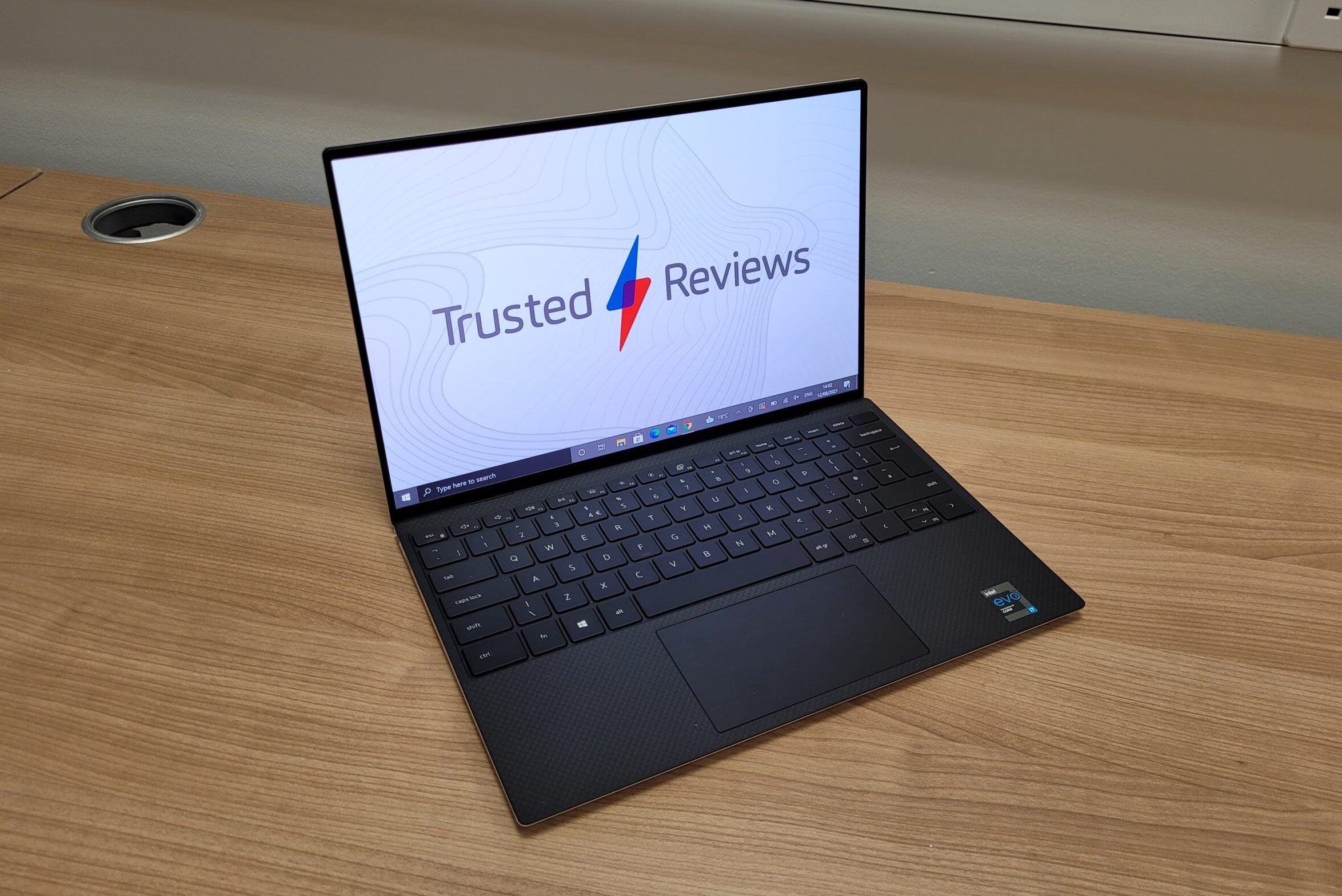Clavister announces that the relationship between itself and BAE Systems, has produced its first end-customer – a major Western European military organization.
The contract agreed between BAE Systems Hägglunds and said organization will see mid-life upgrades of CV90s (combat vehicles 90) carried out between 2021- 2025. To Clavister, the deal is worth a minimum of 50 MSEK, potentially increasing to 90 MSEK, according to the requirements set out by the customer. These figures would represent Clavister’s largest deal to date.
The extensive contract will see the mid-life upgrade of 122 CV90s, with an option for a further 19. The upgrades will include fitting each vehicle with more robust, embedded cybersecurity capabilities, including Clavister’s military-grade RSG-400 security gateway and RSW-400 secure network switch.
Following the customer’s delivery plan, first shipments will take place in the second half of 2021, whereas the bulk of shipments will take place from 2022 through 2024. The long-projected lifespan of each vehicle may also provide further opportunities for Clavister to supply additional support.
The CV90 is a family of tracked combat vehicles first developed in the 1980s to cope with the extreme Nordic environments. The current model (MkIV) is suitable for high-tempo combat situations as it’s designed for tactical and strategic mobility and survivability, with a high payload, air defence and anti-tank capabilities.
It also possesses a wide range of armament options giving it flexible firepower which can be configured to match any combat or patrol situation. The latest versions come equipped with a NATO-standard electronic architecture – driving the need for cybersecurity capabilities.
RSG-400 security gateway
The RSG-400 will provide protection ensuring only cleared users, systems or protocols can connect to the vehicle. Built around Clavister’s cOS core platform – the company’s internally developed operating software – the firewall solution has been augmented based on NATO and BAE Systems requirements.
Equipped with military-grade enclosure and connectors, its ruggedised hardware can withstand extreme environmental conditions and significant physical attacks.
RSW-400 secure network switch
The ruggedised RSW-400 is a newly designed solution and will boost the resilience of the on-board network infrastructure relied upon by the crew to manage the vehicle’s many systems – such as weapons, cameras, battle command systems and engine control.
“This deal represents the biggest in Clavister’s history and we are very proud to be working alongside BAE Systems Hägglunds to provide next generation combat vehicle defences,’ said John Vestberg, Clavister’s CEO.
“The solutions we are developing will play a critical role in keeping nations safe and that’s reflective of us placing advanced technical specifications and engineering at the core of what we do.
“Protecting military personnel has evolved so much further beyond simply adding thicker armour around combat vehicles and we are dedicated to helping defence organizations to better prepare nations for cyberwarfare through specially developed solutions.”
The solutions are being developed in line with a framework agreement between Clavister and BAE Systems Hägglunds which has been in place since June 2020.
The contract covers the application of the RSG-400 and RSW-400 into CV90 and BvS10 armored all-terrain vehicles, as well as after sales support and ongoing services, with the lifecycle of some military vehicles lasting around 30 years.
“Whether thinking of jets, ships, tanks, or vehicles, they have become data centres in the air, sea and on wheels or caterpillar tracks, and their onboard networks are now a critical component of warfare,’ continued Vestberg.
“They need to be protected with specialised cybersecurity so they can repel a complex hacking attempt just as well as it can a rocket attack or freezing temperatures to ensure those within are safe and can continue to carry out operations.
“Cybersecurity can no longer be an afterthought and mid-life upgrades provide the perfect time to embed capabilities into vehicles already in service.”













